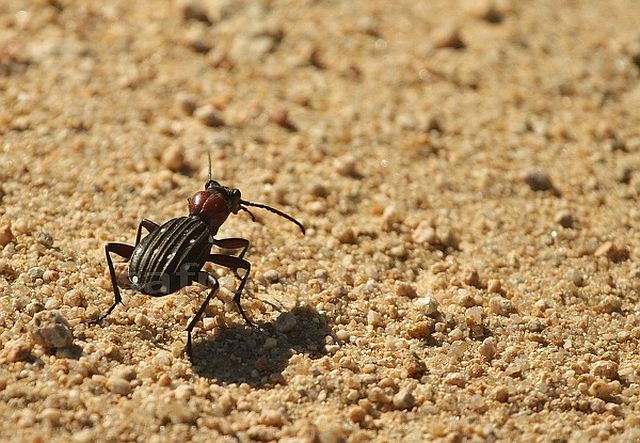Harlequin Ladybird, Asian Ladybird Beetle Harmonia axyridis
Family: Coccinellidae

© BluTuna
Garden in Johannesburg

© BluTuna
Garden in Johannesburg
Description
Harmonia axyridis is a "typical" coccinellid beetle in shape and structure, being domed and having a "smooth" transition between its elytra (wing coverings), pronotum, and head. The beetle is typically large for a coccinellid (5.5–8.5 mm long). They always have reddish-brown legs and are obviously brown on the underside of the abdomen, even in the melanic colour forms.
The colour and spotting pattern of the beetle shows considerable variation. The colour of harlequin ladybirds’ elytra (shield wings) may range from pumpkin yellow or orange to bright red, while the number of black spots may range from none to as many as 19. The most important characteristic that distinguishes harlequin ladybirds from indigenous species, is the large, yellowish-white "cheek patches" occurring on both sides on the pronotum. In some instances the pronotum is almost entirely white with small black spots, while in other instances the black patches look like the letter "W" with prominent white spots on both sides.
Larvae are elongate, somewhat flattened, and adorned with strong tubercles and spines. The mature larva (or fourth instar) is strikingly colored: the overall color is mostly black to dark bluish-gray, with a prominent bright yellow-orange patch on the sides of abdominal segments 1 to 5.
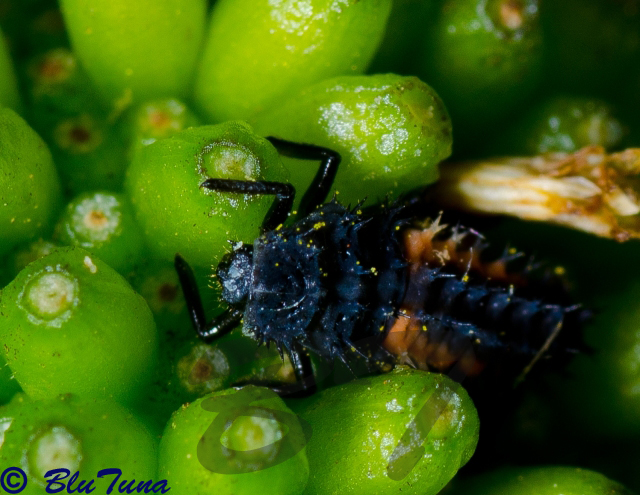
© BluTuna
Larva - Garden in Johannesburg
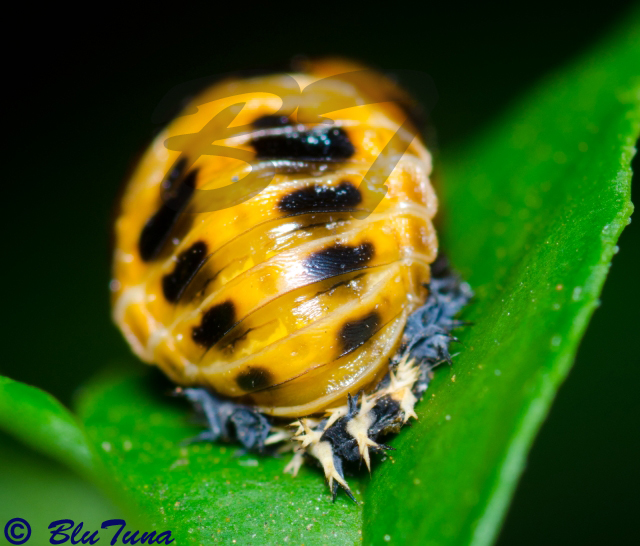
© BluTuna
Pupa - Garden in Johannesburg

© BluTuna
Pupa - Garden in Johannesburg
Geographical distribution
The harlequin ladybird originates from Central and East Asia. It was imported into Western Europe and the USA as a biological control agent for aphids. Harlequin ladybirds were identified in South Africa in 2002 and have since become prevalent throughout the country. Widespread across most regions of South Africa, including the Western Cape, Eastern Cape, Free State, Gauteng and Mpumalanga.
Habitat
Gardens, grassland and agricultural crops.
Biology
It feeds mainly on aphids. When insufficient aphids are available, they eat just about any soft-bodied insects, bugs, psyllids, eggs of lacewings, eggs and larvae of moths and butterflies, immature stages of other beetles, including larvae of other predatory ladybirds, as well as pollen and damaged fruit. Cannibalism also occurs among harlequin ladybirds when other food is not available.
When threatened harlequin ladybirds secrete a yellowish fluid with a vile smell and taste to deter birds and other potential predators.
Life cycle
The life cycle of the harlequin ladybird involves an egg, larval, pupal and adult stage. Each female can produce around 1,000 to 2,000 or so eggs in its lifetime, usually laying them in batches of about 10 to 30 per day. The eggs are oval-shaped and are pale yellow when laid, later turning darker yellow before becoming grey-black just before hatching.
The time taken for the eggs and larvae to develop depends on a number of factors, including temperature and diet. In temperate regions, the eggs usually hatch after around four to five days and the larvae take about three weeks to develop, shedding their skins four times during this period. The pupal stage lasts about one week.
The larva of the harlequin ladybird is quite different in appearance to the adult, being grub-like, around two to ten millimetres in length, and covered in branched spines. Its body is largely black, but in older larvae each side of the body bears an orange, ‘L’ shaped mark, and there are four orange spines towards the rear.
Harlequin ladybird pupae are ‘exposed’, meaning that the entire larval skin is shed during pupation, rather than the ladybird pupating within it or only half shedding it. The cast-off larval skin remains attached to the rear of the pupa, at the point where the pupa attaches to a substrate while it develops.
Links:
ARKive
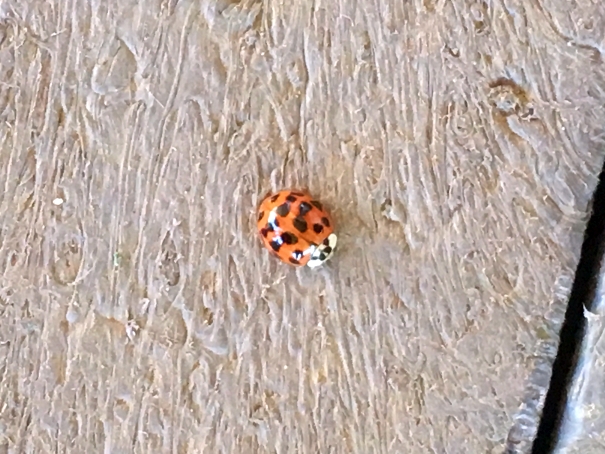
Sabi Sands, Tydon safari Camp © GlosterBirder
Hunting cannot be considered a sport as all contestants in a sport should know they are playing the game!
 © Flutterby
© Flutterby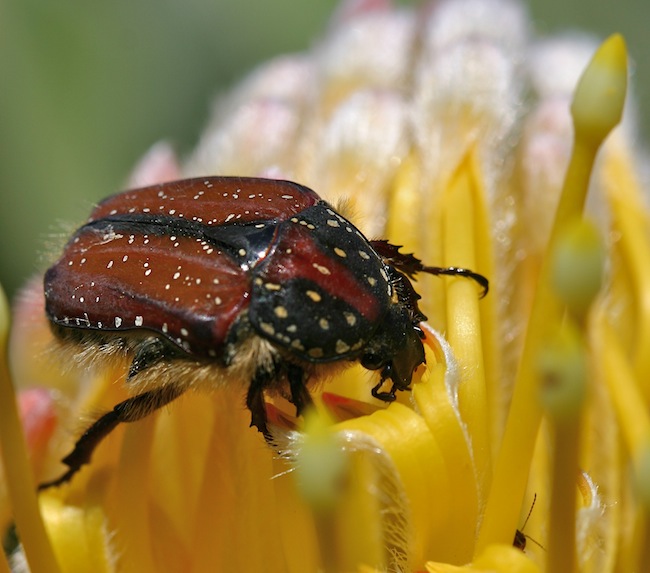 © ExFmem
© ExFmem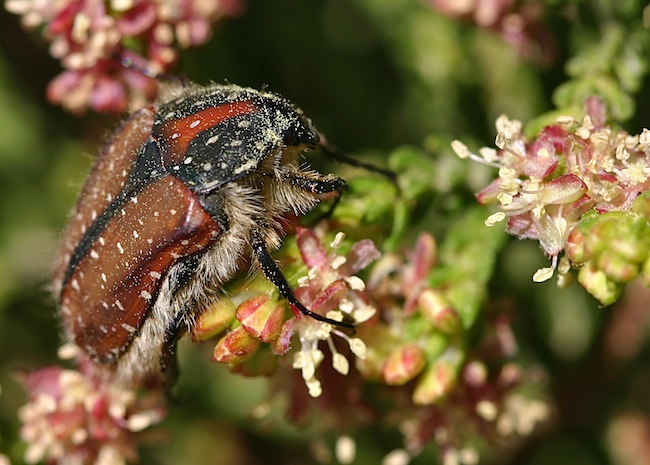 © ExFmem
© ExFmem


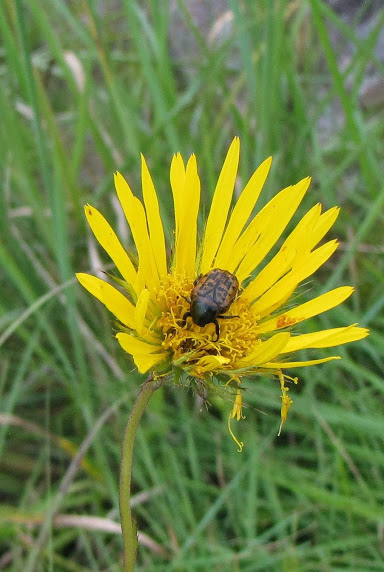
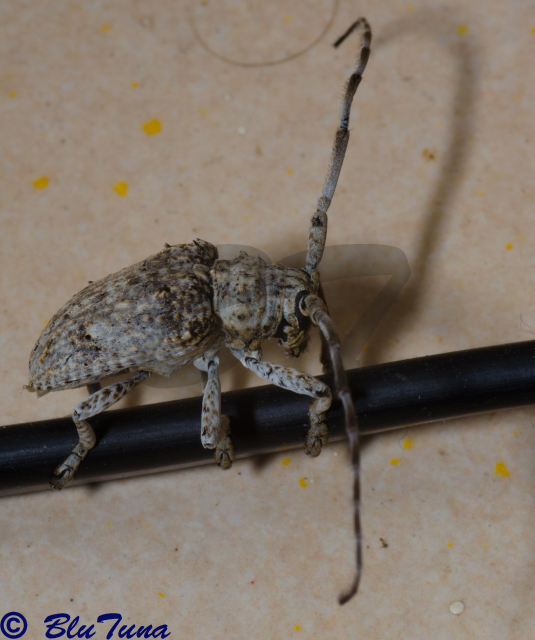 © BluTuna
© BluTuna © BluTuna
© BluTuna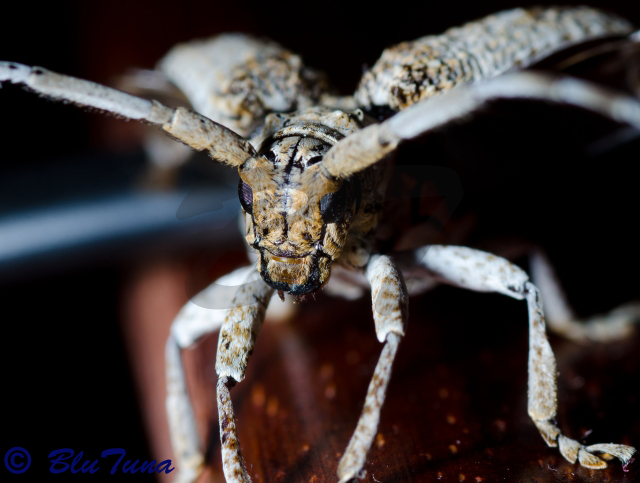 © BluTuna
© BluTuna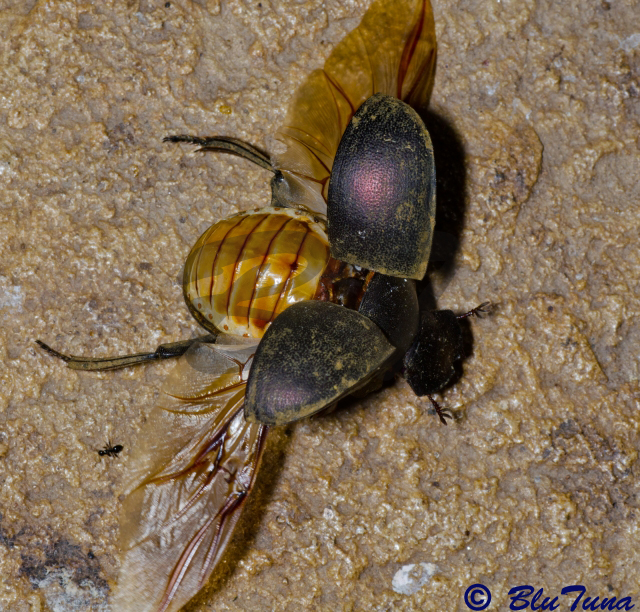 © BluTuna
© BluTuna © BluTuna
© BluTuna © mpostumus
© mpostumus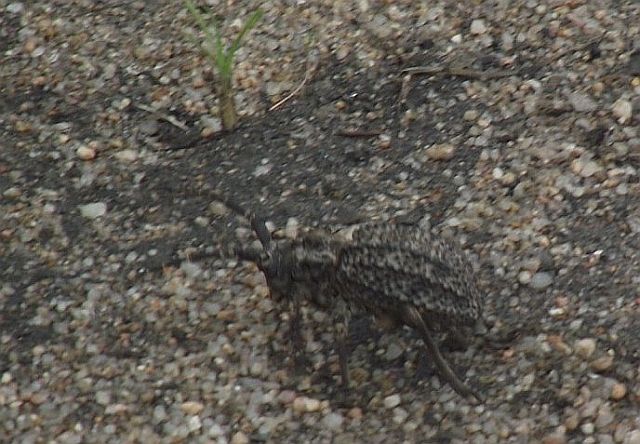 © mpostumus
© mpostumus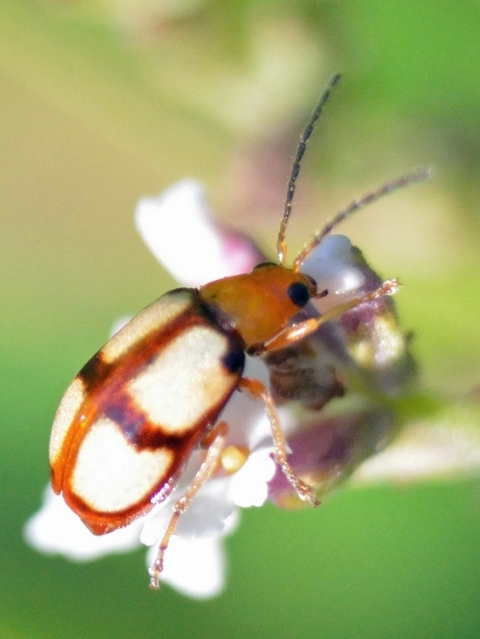 © BluTuna
© BluTuna © BluTuna
© BluTuna © BluTuna
© BluTuna © BluTuna
© BluTuna © BluTuna
© BluTuna © BluTuna
© BluTuna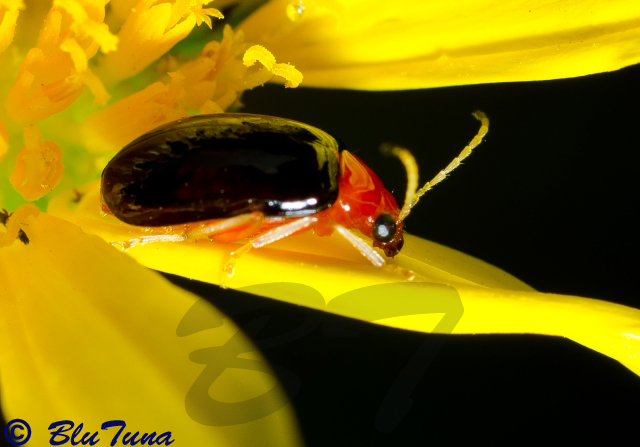 © BluTuna
© BluTuna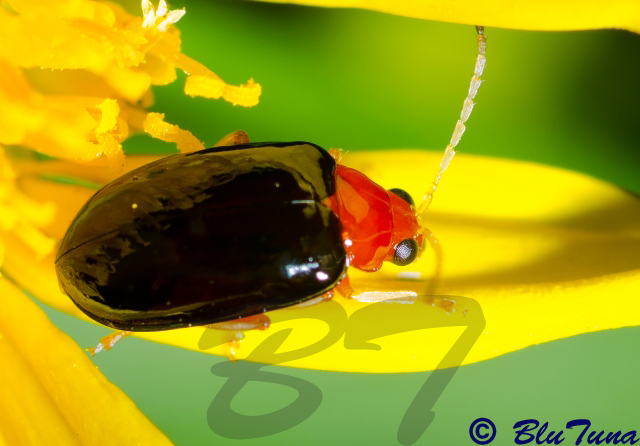 © BluTuna
© BluTuna

